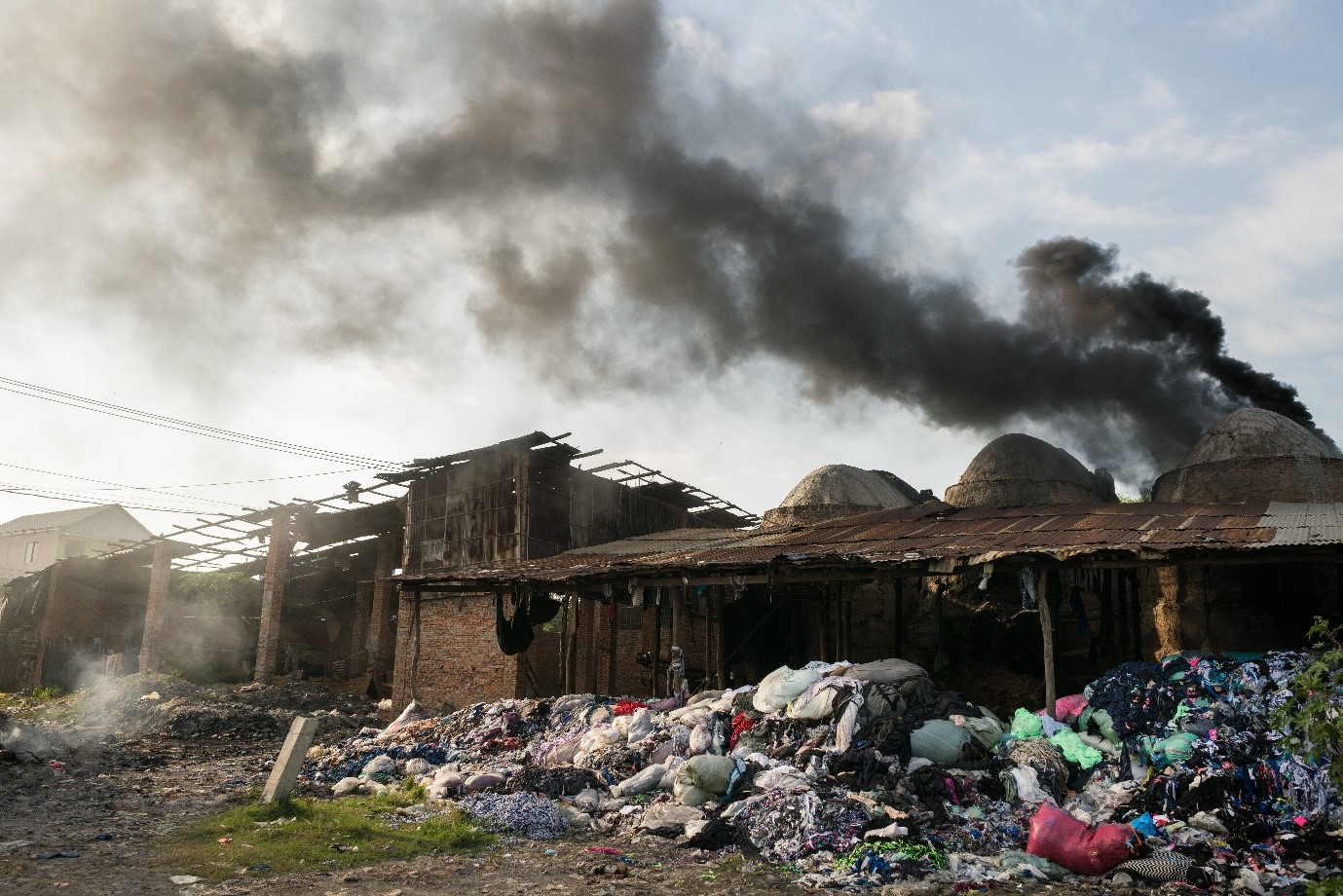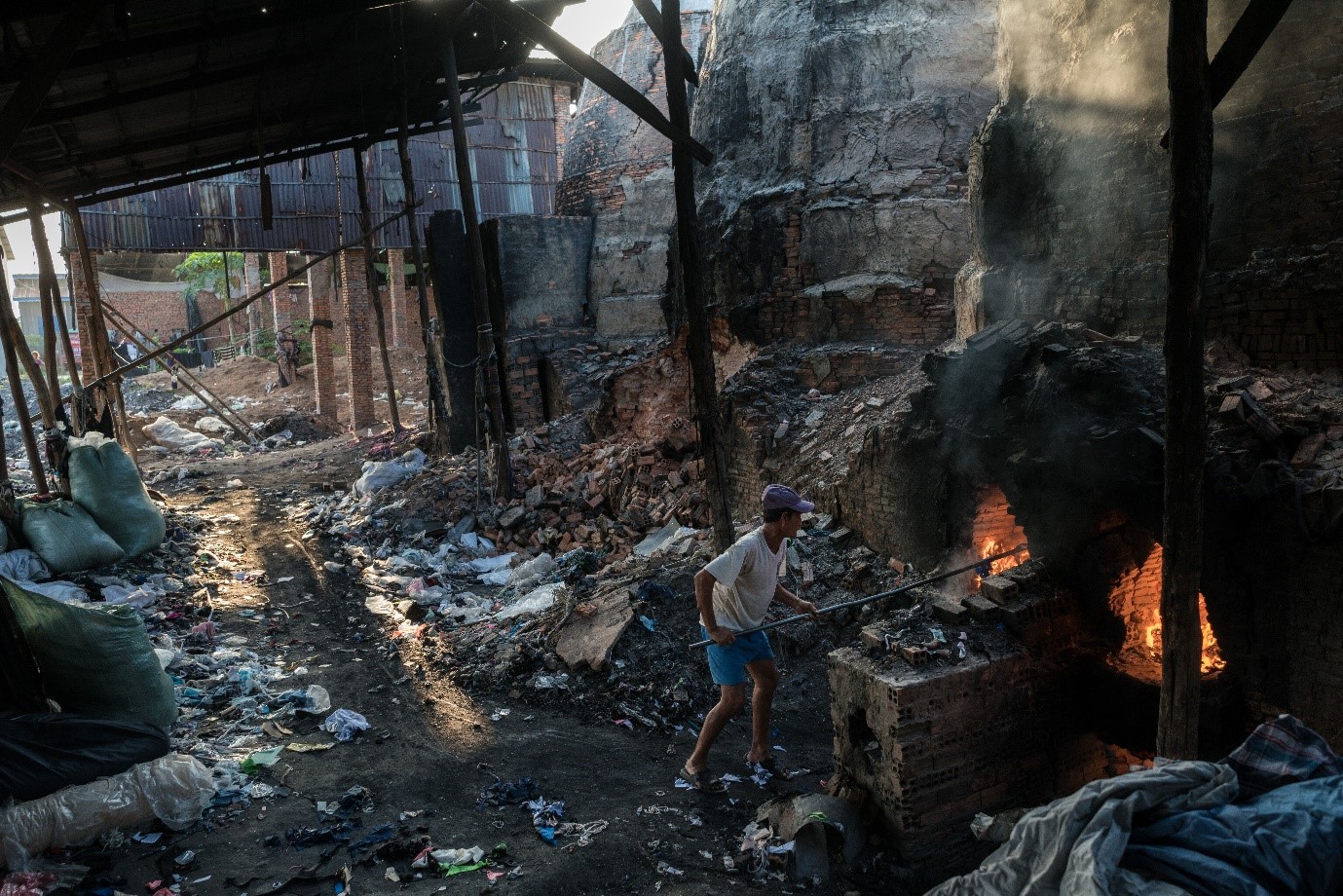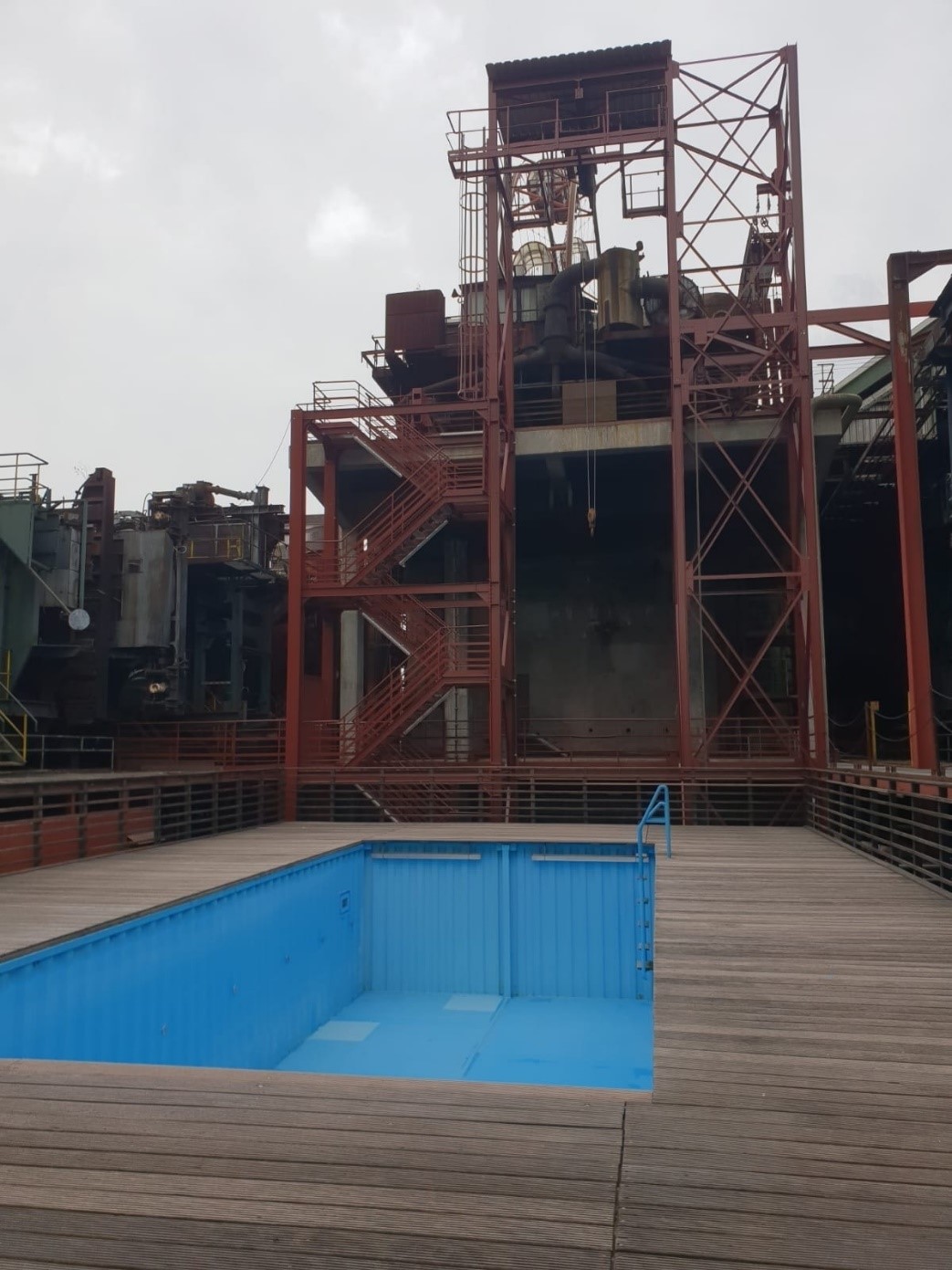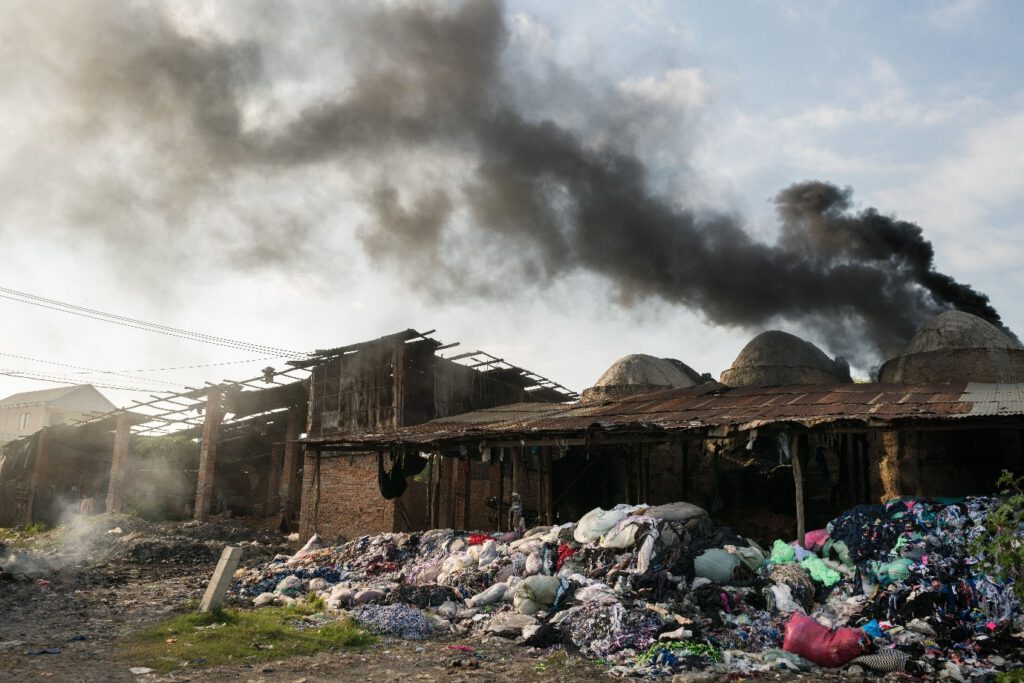Laurie Parsons, Royal Holloway, University of London
Toxic fashion is having a moment. Or rather, with modish transience, it had one. 2018 saw a huge spike in interest in the social and environmental cost of seasonally disposable clothing. From the dyes used in manufacturing them, to the burning of garment offcuts by brick workers in Cambodia, the idea of toxicity in supply chains piqued public interest by linking chemical and moral corruption.


Lip service was duly paid; a hearing on £2 t-shirts held; a report on practices published and promises of sustainability by 202X released to press. Yet despite considerable public traction, much of the message was lost in context. Rather than exploring its wider implications, the moral corruption exposed by a year of investigations was largely cordoned off as the practice of the fashion industry; the idea that consumption causes physical harm effectively entitated into marginality.
It is far from alone in its fate. The neutralising power of containment is well-known and widely practiced. In contrast to its most famous employment as the U.S.’s Cold War international strategy, containment is more subtly employed as a form of anti-politics: targeted welfare or relief to nip the bud of social unrest and deflate calls for wider reform.
Yet its use is a particularly poignant figure set against the Protean creeping of toxicity. This is a concept that by its very nature suggests contamination, corruption and infection. Walling it off without a thorough inspection of what it has touched, beyond even the injustices of global trade, is metaphorically dissonant.
Above all, the pigeonholing of toxic fashion ignores a reflexive toxicity at play; one whose resonance extends into the fundamentals of our relationship to toxic materials. Toxic justice is spatial justice: the further away, the less contact, the better. Yet spatial injustices of this sort are embedded into the fundamentals of society. The worst jobs are 3D jobs: dirty, dangerous and demeaning. Those in which the work of some keeps others clean. These spatial injustices of toxicity are rooted not only in unequal interactions, but unequal attention. It is not enough simply to stay away from it; it must be unseen and unconsidered.
Indeed, this very point was brought home to me recently by a sticker on a Berlin street. “Pretty nice here?” the sticker posed, “How about the Ruhr?”. A smoking coal plant completed the picture; white plumes rising from vast chimneys, above an emphatically mundane residential landscape. It piqued a personal interest. I had visited the Ruhr, Germany’s – and Europe’s – 20th century “coal pot” and the site of extraction on an almost unimaginable scale. Over 10% of the world’s coal once originated from this sprawling, smoke wreathed, centreless, urban area, yet today the vast machines stand silent: the screech of metalwork replaced by the clinking glasses and bubbling conversations of visitors, diners and drinkers.
There is clearly a performative element here. Turning over these cathedrals of production to the logic of consumption is intended to signal progress, even hierarchy: from raw to refined, making to doing, working to enjoying; schnitzel with a side of teleology. Yet repurposed industrial spectacles such as Zollverein and Landschaftspark, are a case study in sententious misdirection. Germany remains Europe’s second largest coal producer after Russia and continues to produce almost a quarter of its energy from lignite, or brown coal, one of the dirtiest fossil fuels. The vanquished past of these ex-industrial tableaus is in fact alive and well not far away, albeit in an updated, quieter form.

Yet this papering over of the realities of production reveals more still. The true Ruhrs of the 21st century are the global Southern powerhouses of labour-intensive industry from which the West styles itself as having “progressed”. Yet the sticker could equally apply to these places further flung still from the European urban imaginary. The point at stake is not one of distance, but the separation of production and consumption. Some people have the privilege to enjoy that separation. Whilst for others, they remain stubbornly and inescapably mixed.
And it this point on which lies at the heart of debates on toxicity in global production: the discursive assumption that production belongs to a past distinct from our age of mass consumption. Despite a social awareness of sweatshops and food miles, these knowledges of progress exist in a state of cognitive dissonance, shaping politics and policy of all descriptions.
This separation of producers and consumers is a toxicity of categories. From Rostow’s Stages of Growth theory (us at the end, them at the beginning), to the omission of imports from carbon emission reporting, advancement is used as a fig leaf to environmental inequality. The toxic absolution of distance constitutes the violence distinction between killing and letting die: toxic disregard, toxic innocence, toxic virtue.
This is, in other words, violence enacted on a space-time axis: the pretence that toxicity has passed, when in reality it has simply moved. Yet the specific here is the enemy of the general. Outrage over toxic fashion, though feeling like defiance, was in reality a submission to misdirection; a victory of containment.
Six months on from MP’s report on “fixing fashion”, this containment needs to be resisted. If anything is to be gained from inquiries of this kind, it must be in setting in motion an outward moving process. If fashion needs fixing, where else might the stain of toxicity be found? Whose proximity is the cost of our distance? And how might these truths be brought closer to home?
